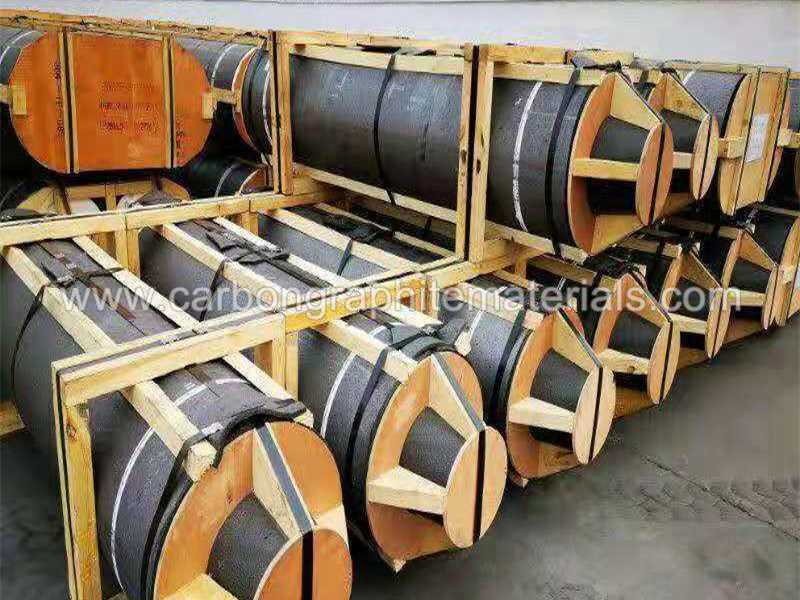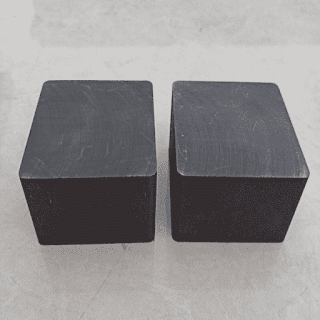Study on impurities in high purity flake graphite
For the analysis of trace impurities in high-purity flake graphite, the sample is usually pre ashed or wet digested to remove carbon, the ash is dissolved with acid, and then the impurity content in the solution is determined. The ashing method does not need to use ultra pure acid to dissolve the ash, thus avoiding the risk of introducing the elements to be measured, so it is used more. It is also very difficult to detect the ash content of high-purity flake graphite, because the enriched ash needs to be burned at high temperature, and it is difficult to separate the ash from the sample boat at high temperature, which makes it impossible to accurately determine the composition and content of impurities.

The existing methods all take advantage of the characteristic that the platinum crucible does not react with acid, use the platinum crucible to burn the high-purity flake graphite to enrich ash, and then directly heat the sample in the crucible with acid to dissolve the sample, and determine the composition of the solution to calculate the impurity content in the flake graphite. However, this method has certain limitations, because high-purity flake graphite contains a large amount of carbon, which can make the platinum crucible brittle and brittle under high temperature conditions, and easily cause the platinum crucible to crack. The detection cost is very high, and it is difficult to be widely used. Since the conventional method can not detect the impurities of high-purity flake graphite, it is necessary to improve the detection method.

Comments
Post a Comment